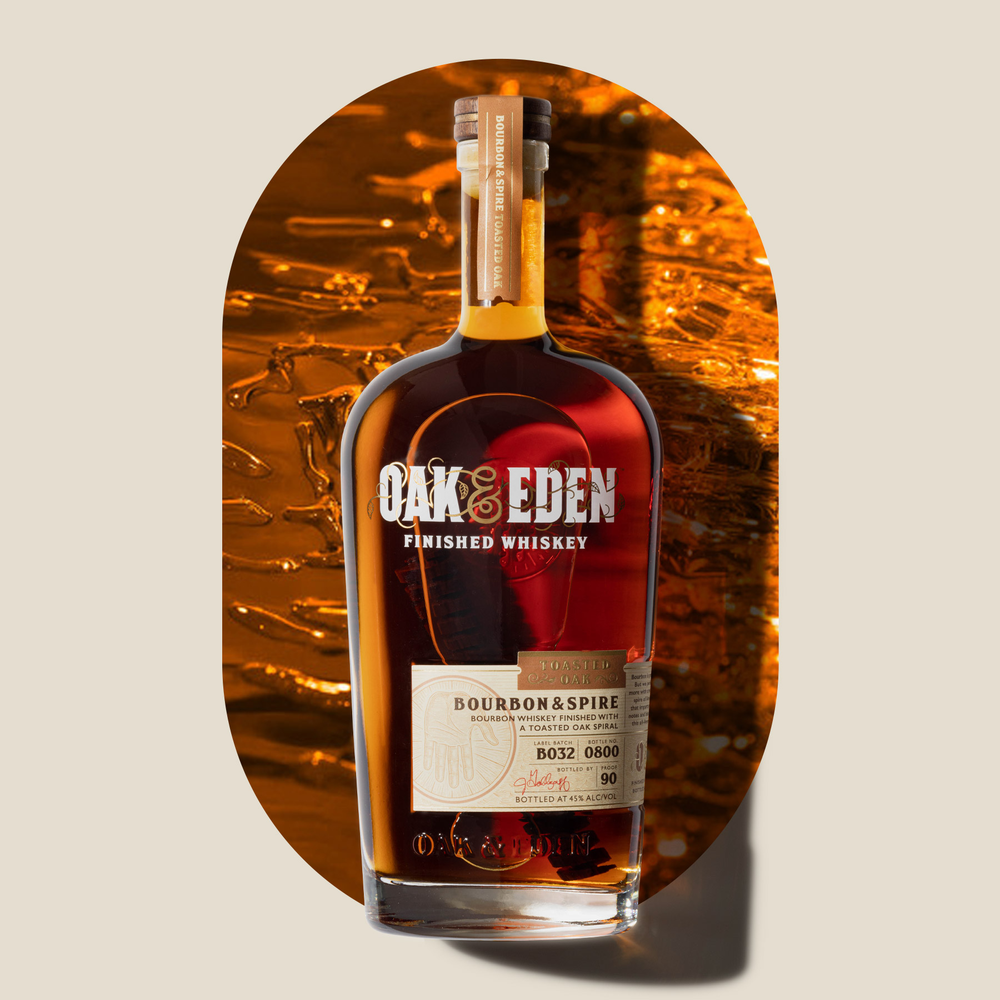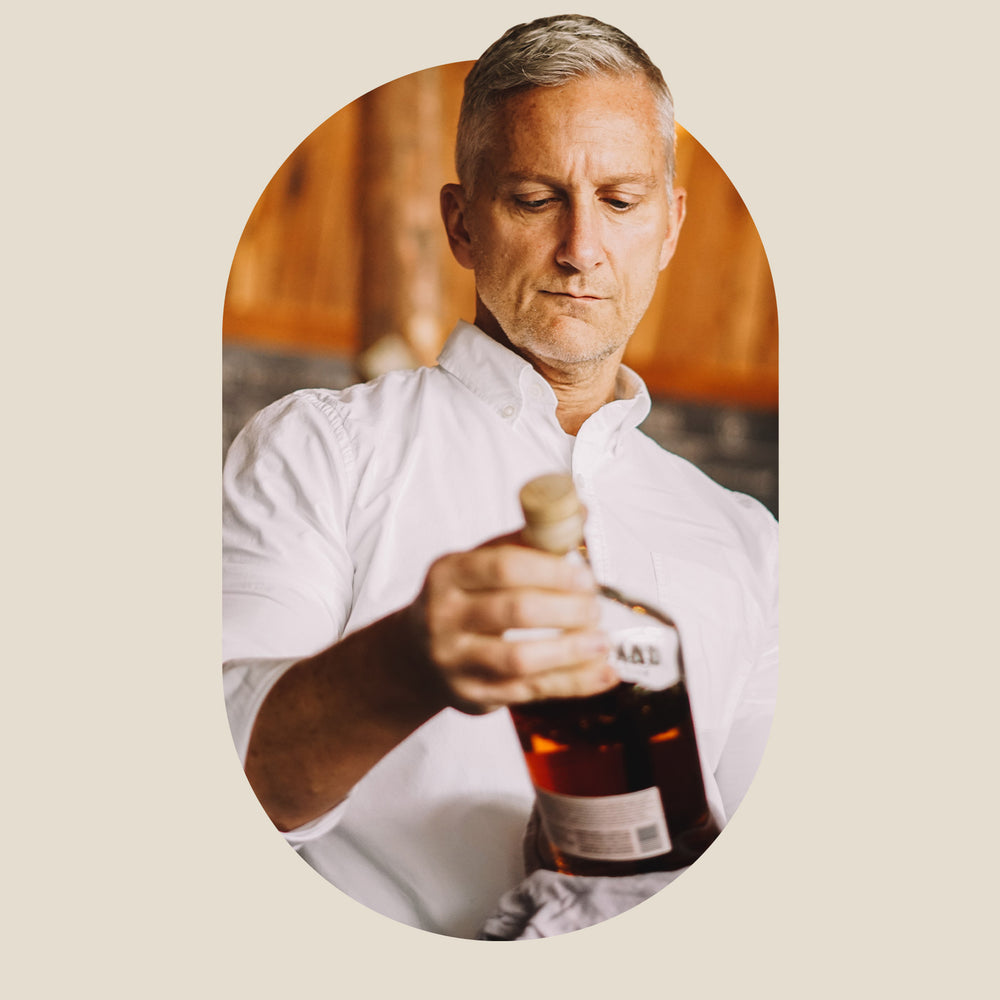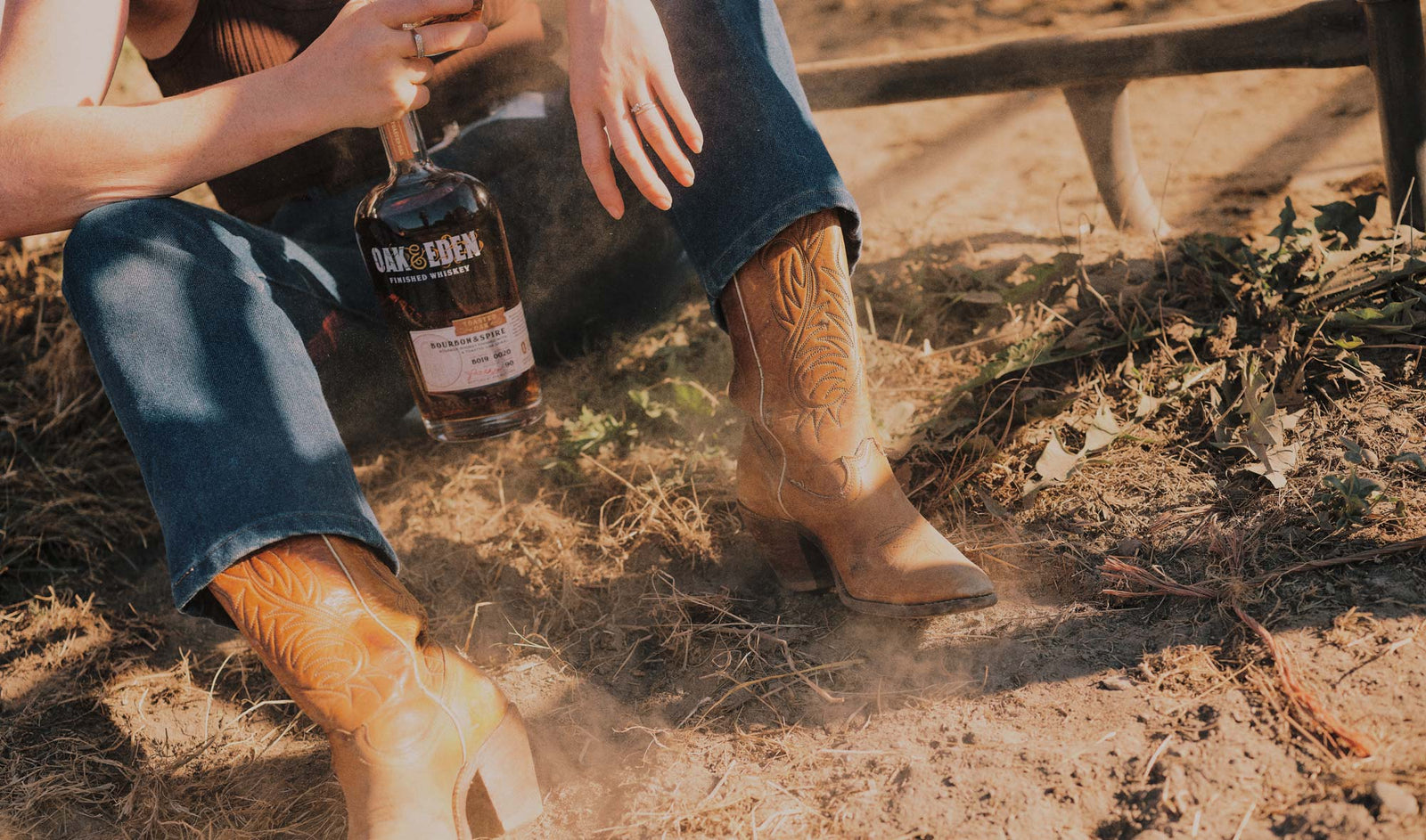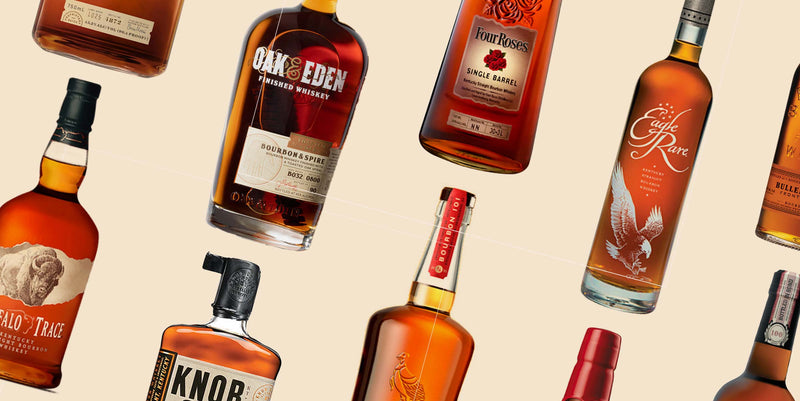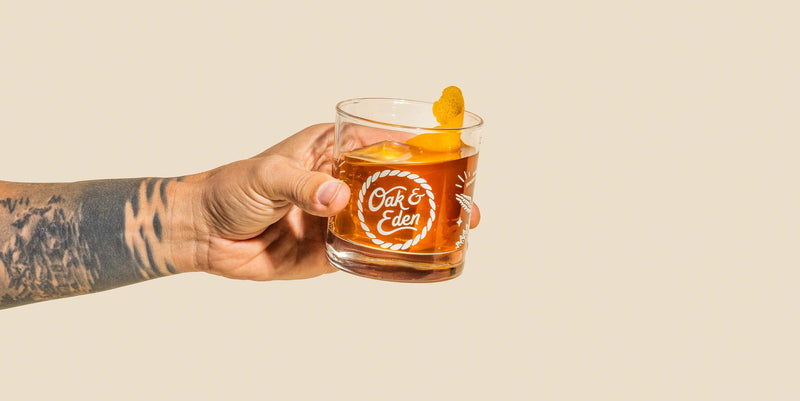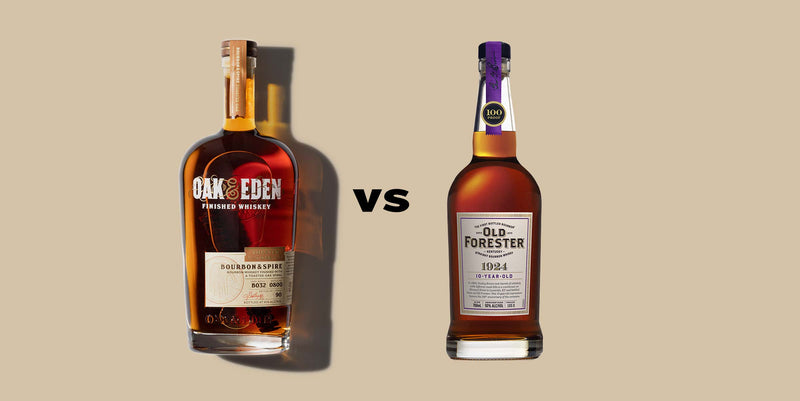Bourbon Vs. Cognac: What You Should Know
Bourbon and Cognac are two of the most popular distilled spirits in the world. Both are well-known for their aging processes, which impart the rich and subtle flavors that make them unique.
But what exactly are bourbon and Cognac? Are they the same thing? Do they taste the same? Are they made the same way?
If you aren’t a master distiller yourself, you may not know where to start looking for the answers. That is why we put all the information together for you.
Here is an Oak & Eden guide to everything you should know about bourbon and Cognac.
What Is Cognac?
Cognac is a specific type of brandy native to the Cognac region of France. Much like Champagne is a famous region of France and a beverage, Cognac is both a region of France and a beverage.
Cognac has been around since the 1600s, when French winemakers began experimenting with distilling their wines. The most famous and storied French Cognac makers have been in continuous production since the early 1700s, which is part of why there are only four major Cognac makers today.
How Is Cognac Made?
The process by which Cognac is made is different from how whiskey and other liquors are made. Here is a brief inside peek at how Cognac is made, from grape to bottle.
Step One: Winemaking
The first step to making a truly outstanding Cognac is to start by making great wine. But the wine used to make Cognac is not the same as a bottle of wine that you would buy for consumption.
For the perfect Cognac, the wine should be very acidic and relatively low ABV, close to 9%. This is the ideal setup for distillation.
Step Two: Distillation
Once the grapes have been pressed and fermented, the wine is ready for distillation. Distillation is a process that vaporizes and condenses a liquid to purify it and increase the alcohol content.
Cognac is made through pot distillation rather than column distillation. The pressed and fermented wine is placed into a pot, where it is heated. Alcohol has a lower boiling point than water, so the alcohol in the wine will boil first. These alcohol vapors are released and then captured into a condensator pot, where the glasses are brought back to a liquid state.
The process is then repeated to make Cognac, as the first distillation will not bring it to a high enough proof.
Step Three: The Aging Process
Once the spirit has been distilled twice, it is ready for the aging process. The aging of the alcohol is what is responsible for many of the flavors and all of the colors the Cognac will take on during its maturation.
Cognac must be aged in French oak barrels for a minimum of two years before it can be called Cognac. The length of time a Cognac is aged will affect its official classification and labeling. However, many Cognacs are aged longer than two years. These classifications range from the basic V.S., or Very Special, for two years of aging, all the way to X.O., or Hors d’Age, for Cognacs aged ten years or longer.
Step Four: Blending
The blending stage is perhaps the most artful of the steps in the process for a Cognac distiller. After the Cognac reaches the proper age, it must be carefully blended, barrel by barrel, to produce one consistent tasting Cognac.
Distillers spend decades honing the craft of tasting Cognacs and blending them to create a smooth, consistent, and delicious end product. The blending process can make or break a bottling of Cognac, as the final flavor will be determined by how it is combined and mixed.
Step Five: Bottling
Once the distiller is happy with the blend that they have reached, the Cognac is ready to be bottled and enjoyed.
What Is Bourbon?
Bourbon is a specific type of whiskey that originated in Bourbon, Kentucky. Whiskey is a distilled spirit made from cereal grains like corn, wheat, barley, and rye. This spirit is then typically aged for several months or years before bottling.
Bourbon is a uniquely American spirit, and it must be made in the United States to be labeled as bourbon. Bourbon must also be made with a mash bill containing at least 51% corn. The other 49% can be made of a combination of grains, including wheat, barley, and rye, with each distiller having its own blend.
How Is Bourbon Made?
Bourbon is made using a process that will sound quite familiar to the Cognac-making process, with a few key variations and differences.
Step One: Grain Selection and Mashing
The first step of the bourbon-making process is selecting and mashing the grains used in fermentation. Every bourbon must be made with a mash bill of at least 51% corn. The other 49% of the grains can come from barley, rye, wheat, or more corn.
Once the bourbon distiller has carefully selected the mash bill, the grains are ground fine and mixed with hot water, creating an oatmeal-like substance called the mash. The process of mashing the grains helps to release some of the sugars from them, making the fermentation process easier.
Step Two: Fermenting the Grains
The next step in the bourbon-making process is the fermentation of the grains. The fermentation process develops all the alcohol that will be in the final whiskey.
The mash is first placed into a tank where yeast is introduced to the system. The yeast eats at the sugars released during the mashing process, leaving behind alcohol as the byproduct.
The fermentation process can take anywhere from 48 to 96 hours, depending on factors like temperature, humidity, grains, and the type of yeast used for fermentation. At the end of the fermentation, the mash will have reached between seven and ten percent alcohol by volume, at which point it is no longer called the mash but rather the distiller’s beer.
Step Three: Distillation
Now it is time to move on to the distillation process. Unlike Cognac, bourbon is distilled using the column still method rather than pot distillation.
The distiller’s beer is fed into the column, a long metal tube, and the distiller's beer is then heated with hot water vapor. This causes the release of alcohol vapors up the column, where they rise until they come into contact with the condensing plates.
The condensing plates are a series of alternating plates in the column designed to condense the alcohol back into the liquid state in the column. Then, the rising hot water vapor heats the alcohol again, vaporizing it where it then hits the next plate, and so on. This helps to filter, refine, and further distill the liquid by putting it through several distillations in one process.
Once the alcohol has reached around 70% ABV, it is redirected to the condenser, where it is brought back to its liquid state.
Step Four: Aging
Just like Cognac, the most important step of the bourbon-making process is aging. Every bourbon must be aged for a minimum of two years in new, charred oak barrels. This gives bourbon its distinctive vanilla notes and warm sweetness.
The distilled liquor is placed into these wooden barrels, which are porous enough to breathe the liquid in and out of the wood, imparting all the flavor and color components of the wood. In fact, the aging process is responsible for most of the flavor and all of the color of any good whiskey.
Step Five: Bottling
The final step of the bourbon-making process is bottling the whiskey. Many whiskeys are blended the way Cognac is blended for the perfect taste and mixture. If bourbon is bottled using only one barrel of whiskey, it is called a single barrel bourbon.
At Oak & Eden, our whiskey goes through one more additional step. Every bottle of Oak & Eden uses our patented in-bottle finishing technique, where we place a carefully crafted wooden spire into every bottle to add flavors and finishing notes to the whiskey while it sits in the bottle.
This gives every bottle of Oak & Eden a creamy and complex flavor.
What Are the Differences Between Bourbon and Cognac?
To keep things simple, we are now going to go back over the differences between bourbon and Cognac so that you can see exactly where they differ.
- Ingredients: While bourbon is made from 51% corn and 49% other grains, Cognac is made completely of wine grapes.
- Distillation: Bourbon and Cognac are both distilled spirits, but they use different distillation methods. Cognac uses double pot distillation, where bourbon is produced using a column still distillation method.
- Aging: Both bourbon and Cognac must be aged for a minimum of two years, but the barrel materials are regulated for both. Cognac must be aged in French oak barrels, whereas bourbon must be aged in new, charred oak barrels.
- Origin: Cognac can only be made in the Cognac region of France, similar to how Champagne can only be made in the Champagne region of France. Bourbon, on the other hand, must be made in the United States.
- Taste: Finally, the flavors of Cognac and bourbon are different. Bourbon has warm caramel and vanilla flavor notes, whereas Cognac has a fruitier palate and the oaky flavors from the barrel aging process.
What are the Similarities?
Now we will go over the similarities between the two.
- Distilled Spirit: Both bourbon and Cognac are distilled spirits, meaning they undergo a distillation process to purify and increase the alcohol content of the beverages.
- Aged: Both Cognac and bourbon are aged for a minimum of two years in barrels made of oak wood.
That is honestly where the similarities end. While many people believe that Cognac is similar to bourbon, they start out with very different ingredients. While they go through similar processes, the end results are very different.
Bourbon vs. Cognac: Takeaways
Bourbon and Cognac are two of the most well-known distilled spirits in the world. However, the two are full of more differences than they are similarities.
Bourbon is made from fermented cereal grains, whereas Cognac is made from wine — fermented grapes. Both are distilled, but they use differing distillation methods — pot distillation for Cognac and column distillation for bourbon.
Both bourbon and Cognac are aged for a minimum of two years, but Cognac must use French oak wood barrels, while bourbon must use new, charred oak barrels for aging.
You can’t go wrong with either of these spirits, but don’t get them confused. It’ll make for an interesting mixup. If you are looking for delicious bourbon, Oak & Eden has you covered. Our bourbon is full of butterscotch and vanilla notes that you are sure to love on the rocks or in your favorite whiskey cocktail.
Sources:
Coffey still | Whisky Advocate

